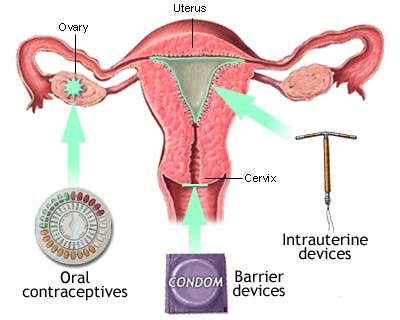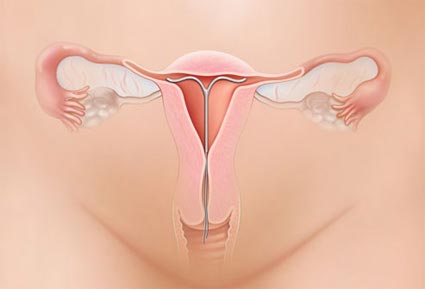Contraception is the call of the day as it helps in preventing unwanted pregnancy and the stress factor associated with it. There are some safe and natural methods of contraception which one can follow to avoid unplanned pregnancy. Natural methods of contraception are cheap and they can be followed by anyone. Read on the natural method of contraception.Natural methods of contraception may not ensure 100% prevention of pregnancy. However< these methods of contraception are used widely to prevent pregnancy. Natural method of contraception is more about choice and willingness. Given below are a few of the most common ones.
Abstinence
This is believed to be the most effective natural contraceptive method. Pregnancy can never occur if penetrative intercourse is avoided. It can also effectively prevent the transmission of the sexually transmitted diseases. Sociologists, doctors and behavioral analysts argue that abstinence cannot be a long-term solution especially for married couples. It is also important that adolescents are given lessons on sexual facts and encouraged to delay their first sexual encounter until they are sure of their bodies and future planning.
Withdrawal Method
This is also known as Coitus Interruptus. This contraceptive option is controlled by the man. The moment the man ejaculates, there is a possibility of pregnancy and if he succeeds in withdrawing right before the ejaculation, pregnancy can be averted. However this is not rated to be a highly effective method as there is a probability that the timing may not be very precise and even a drop of sperm can result in pregnancy as the egg requires just a single sperm to fertilise it. Studies indicate that just 4% of couples are able to use the withdrawal method perfectly.
Calendar Method
This is also known as the rhythm method. The woman needs to calculate her fertile days according to the length of her previous menstrual cycle. Accordingly she gets to know her fertile phase and abstains from unprotected intercourse during that phase. There are different calendar methods where the woman either totally abstains from sex or resorts to barrier options.
Natural Methods Based on Bodily Symptoms
There are a few other natural contraception methods that are based on bodily symptoms, like:
Ovulation Tracking Method
This method is based on the texture of the cervical mucus. These changes are controlled by the hormonal changes concerning estrogen and progesterone levels. The efficacy and practice of these methods happen through self-examination. Throughout the cycle, the woman needs to evaluate their cervical secretions and then decide to either totally abstain from unprotected sex or resort to barrier methods during the fertile phase, that is, the ovulation period. She needs to learn the difference in the texture of the cervical secretion that gives a cue on her ovulation days. The moment they notice that the secretion is a sticky mucus, they need to abstain and can go back to safe intercourse after at least four days when she observes a clear mucus. Ovulation can also be read through other symptoms like back or abdominal pain and breast tenderness.
Basal body Temperature Tracking Method
During her ovulation phase, the basal body temperature of the woman rises to about 0.5 degree centigrade and stays till she menstruates. So, sex must be avoided from the first day of menstruation until the third day of elevated body temperature. This method is believed to be effective when sex is avoided for about 14-21 days.
Lactational Amenorrhea Method
This method is effective for women who are breastfeeding their kids. It is a natural contraceptive option till around six months post delivery. Basically ovulation can be delayed as a physiological response to nipple stimulation. The hormone that triggers ovulation is disrupted due to the signal sent by the mother’s hypothalamus following breastfeeding. By this method, menstrual bleeding is also stalled. Post delivery this is a very effective natural contraceptive method that can help the woman to avoid pregnancy till about six months following the birth of her previous child.































